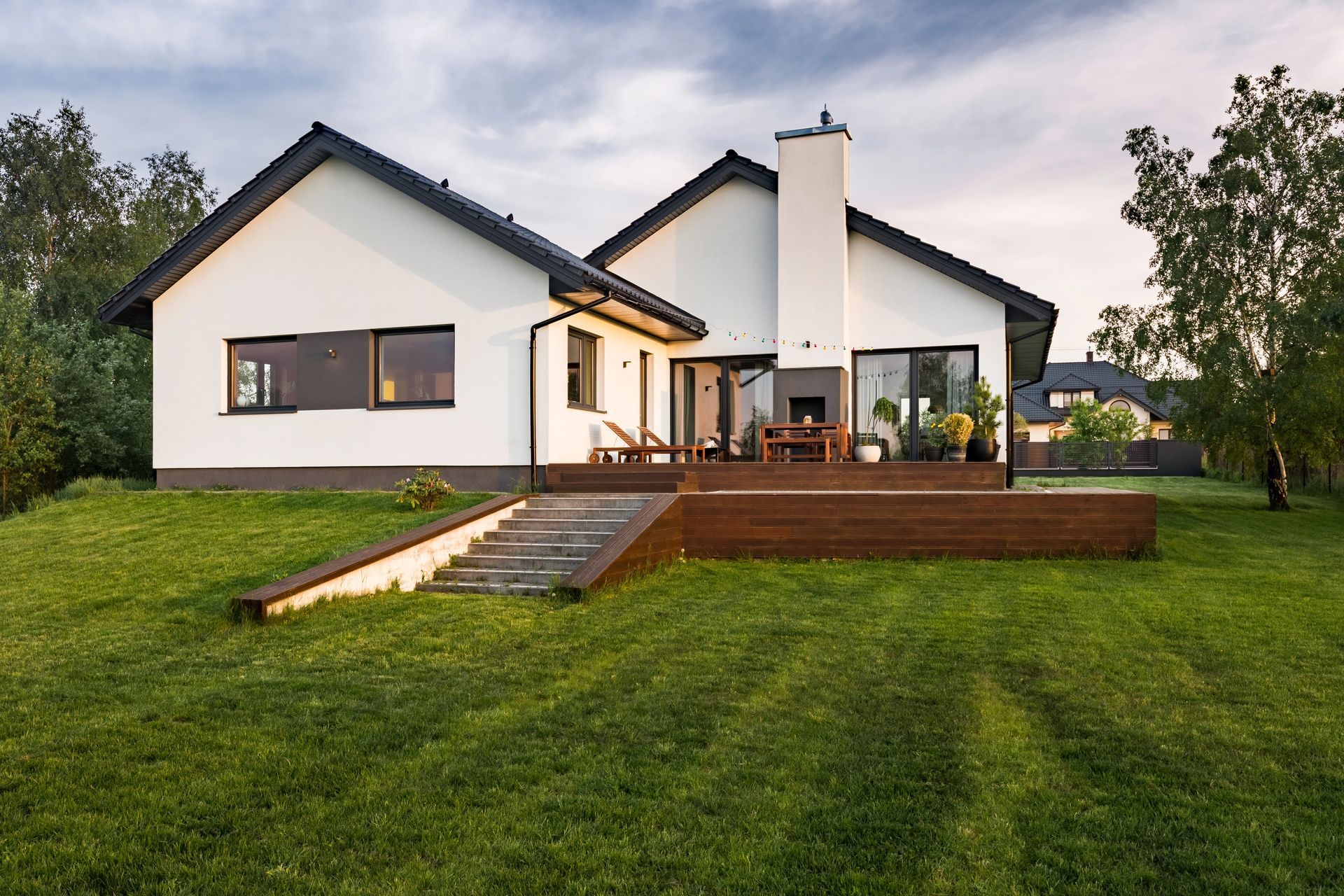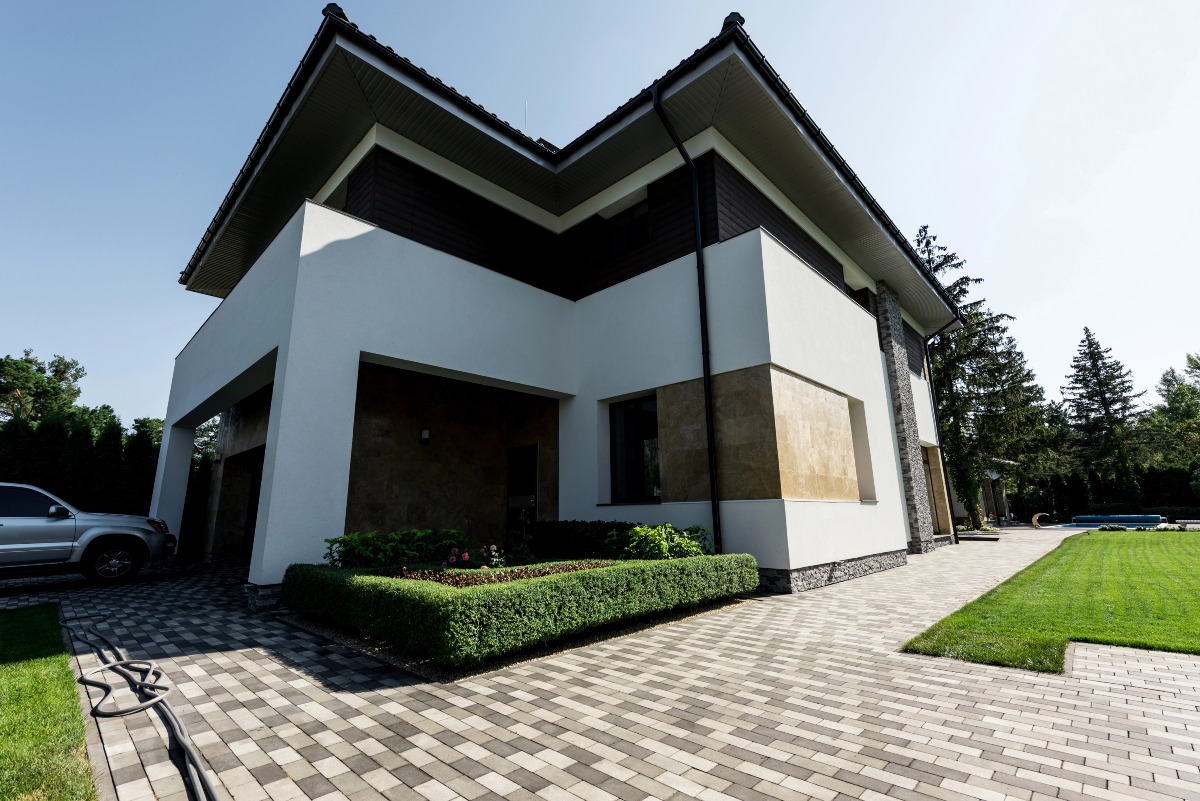What Is an ADU? Small Home Ideas Shaping Neighborhoods in 2025
ALL About an ADU?

What is ADU? The Small Home Solution Transforming Neighborhoods
Small homes and flexible living spaces are changing how we think about life, family, and community. Across many cities and suburbs, new buildings pop up in backyards and above garages. Quietly, these spaces reshape our neighborhoods. They're called Accessory Dwelling Units, or ADUs. Their growing presence sparks conversations and even a bit of envy. With their blend of smart design and practical charm, ADUs offer more than just extra room. They promise a new kind of freedom and creativity in how we use the land we already have.
Understanding Accessory Dwelling Units (ADUs)
Accessory Dwelling Units go by many names. You might hear “granny flat,” “in-law suite,” “backyard cottage,” or “secondary suite.” At their core, ADUs are small, independent homes built on the same lot as an existing main house.
Any ADU is designed to be a real home. They have kitchens, bathrooms, living rooms, and their own entrance. Some measure just a few hundred square feet, while others stretch to 1,200 square feet or more. People place them in backyards, on top of garages, in converted basements, or attach them to their main house.
Life in an ADU can feel cozy but never cramped when planned right. Imagine opening your door to a private garden, sipping coffee on a small porch, or hosting friends in a snug living room. These homes scale down space without giving up style or comfort.
 A Detached ADU
A Detached ADU
ADUs come in a handful of main styles, each fitting a different need or lot shape:
- Detached backyard cottages: These stand-alone homes look like a small cabin or studio set apart from the main house. Think of a guest cottage, but designed for year-round living.
- Garage conversions: Those unused garages can become a full apartment, often with clever storage and sunny windows where garage doors once swung open.
- Basement apartments: With a bit of vision, basements turn into bright, private homes. Separate entrances and open layouts help them feel independent.
- Above-garage suites: These are built right on top of a garage and often boast lush views, tall ceilings, and tricked-out balconies for morning coffee.
Each style can match the main house or take on its own style, from classic to modern or rustic to sleek.
What Sets ADUs Apart from Other Housing
At first glance, ADUs might look similar to tiny homes, guest houses, or duplexes. The difference sits in the details:
- ADUs share a lot with a main house but are always legally connected to that property. They are independent but not sold separately.
- Tiny homes are often mobile or built on wheels. ADUs are permanent fixtures, connected to city utilities.
- Guest houses may lack kitchens or bathrooms and aren’t always meant for long-term living.
- Duplexes are two full-size houses side by side, usually with separate addresses and ownership.
ADUs break the mold by blending privacy and community. They give a sense of home while keeping families, renters, or guests close but not too close.
Why ADUs Matter Today
People keep turning to ADUs for practical reasons and the promise of a better future. Rising home prices and shrinking rental options push us to look for smart solutions. ADUs open the door to new ways of living, whether that means housing a loved one, earning rental income, or staying in a familiar neighborhood as we age.
Key reasons ADUs stand out include:
- Affordability: They cost less to build than a new house and often lower the cost for renters or relatives.
- Flexibility: Perfect for changing family needs, from college kids returning home to aging parents who crave both independence and support.
- Community: ADUs often blend into neighborhoods without changing the overall look and feel. More housing options can attract new energy to old streets.
- Aging in place: Older adults stay near their loved ones with easy access to care, without giving up their own space.
Recent years have seen many cities adjust rules to allow more ADUs. Zoning changes, lower fees, and streamlined permits make it easier for regular homeowners to build these spaces.
Adding Value for Families and Neighborhoods
We don’t have to look far to see real lives changed by ADUs. A retired couple might invite their grandkids to stay over during summers while keeping privacy. Down the street, a young family rents out an ADU to pay the mortgage, meeting new neighbors and building friendships.
ADUs often spark little acts of sharing—lending a lawnmower, swapping produce, or looking out for each other’s mail. They keep neighborhoods lively and connected, supporting both longtime locals and newcomers.
Challenges and Things to Consider
ADUs aren’t always simple to create. Homeowners run into:
- Permitting and zoning hurdles: Not every city or suburb welcomes ADUs yet. Some limit size, height or number per lot.
- Building codes: These rules affect safety and comfort, like ceiling heights, windows, and separate utilities.
- Parking impacts: More residents mean possible parking crunches. Many neighborhoods worry about crowded streets.
- Neighbor concerns: Some fear that more ADUs will change the character of their block or bring in strangers.
Those interested in building an ADU can smooth the process by:
- Checking local rules and talking with city planning staff early.
- Using designers or builders who know ADU projects inside and out.
- Reaching out to neighbors and sharing your plans.
Conclusion
ADUs open up brighter futures in places we already call home. They bring grandparents close, support young adults, and help families grow roots without breaking the bank. Each small home signals a new chapter, not just for one household but for whole neighborhoods. By thinking small and building smart, we create spaces that feel just right: close, caring, and full of potential. With every new ADU, we see fresh ways to live in harmony with our community and ourselves.




